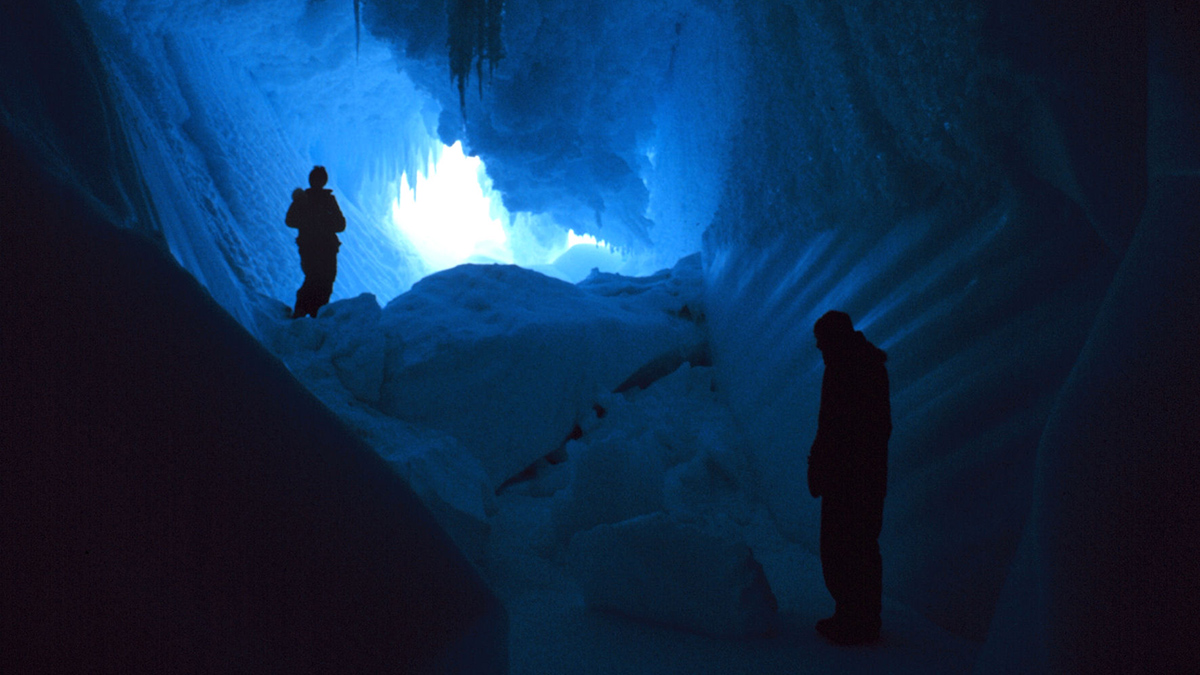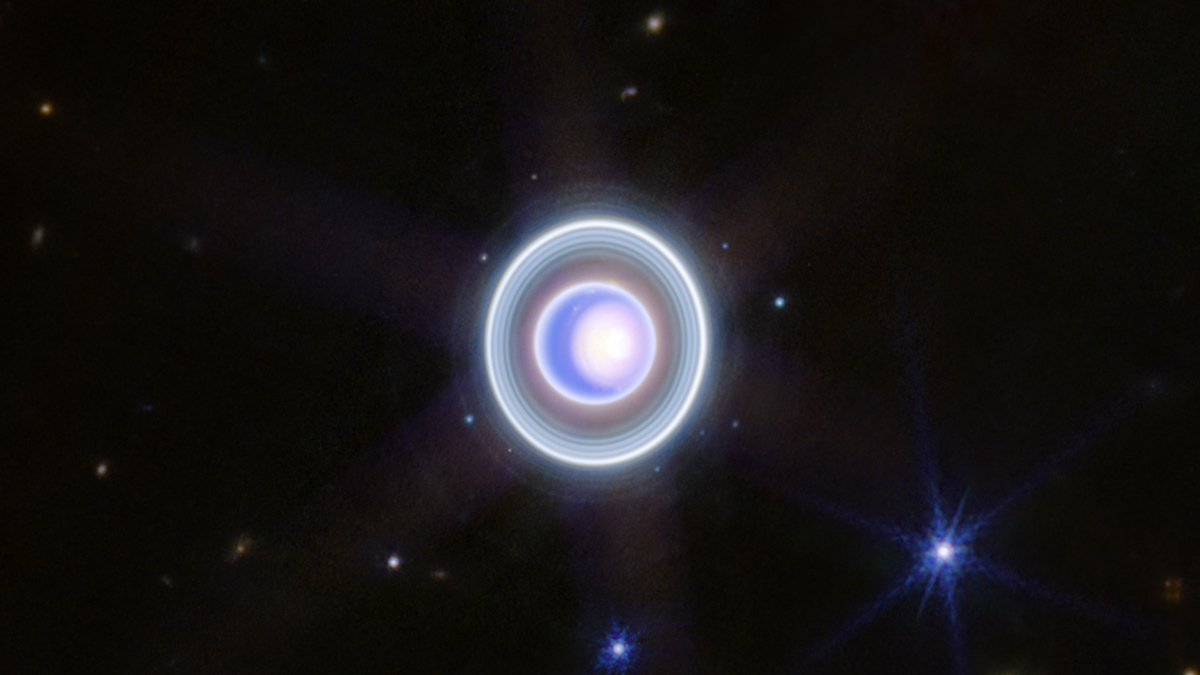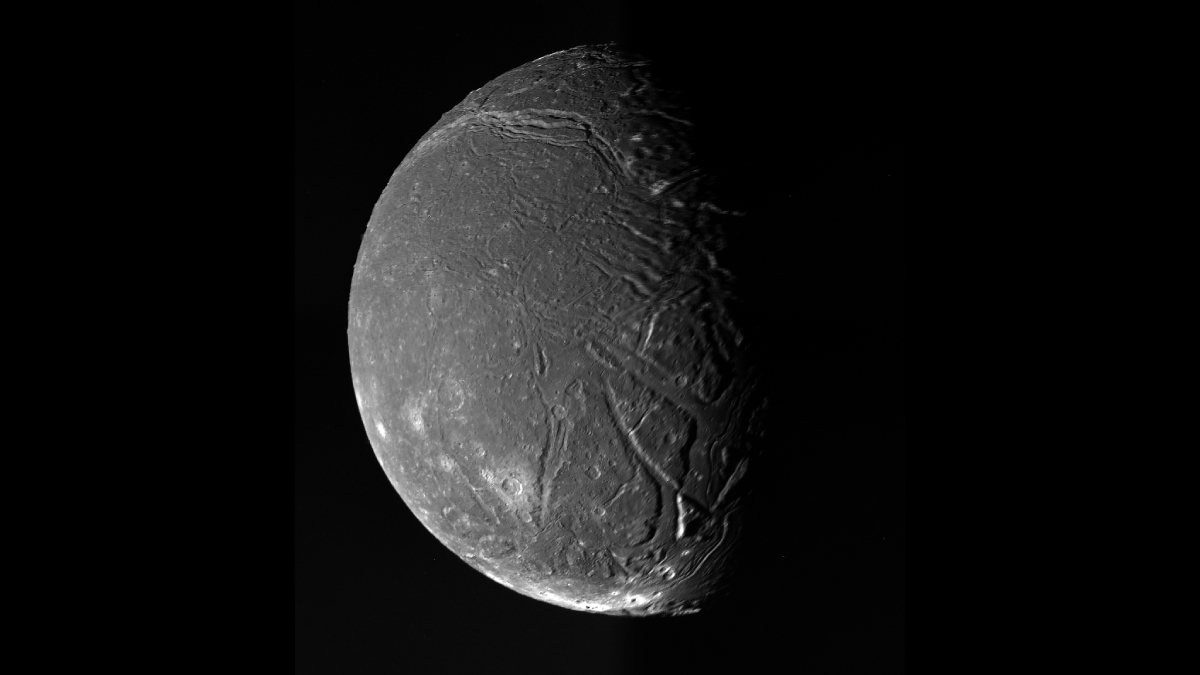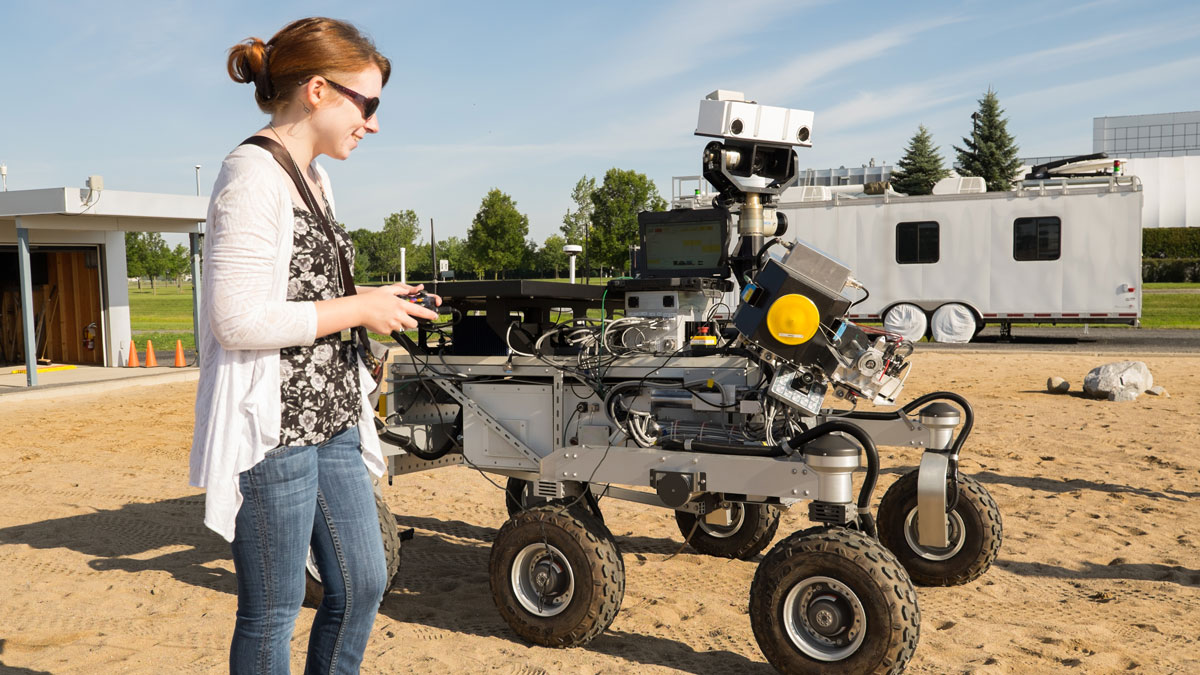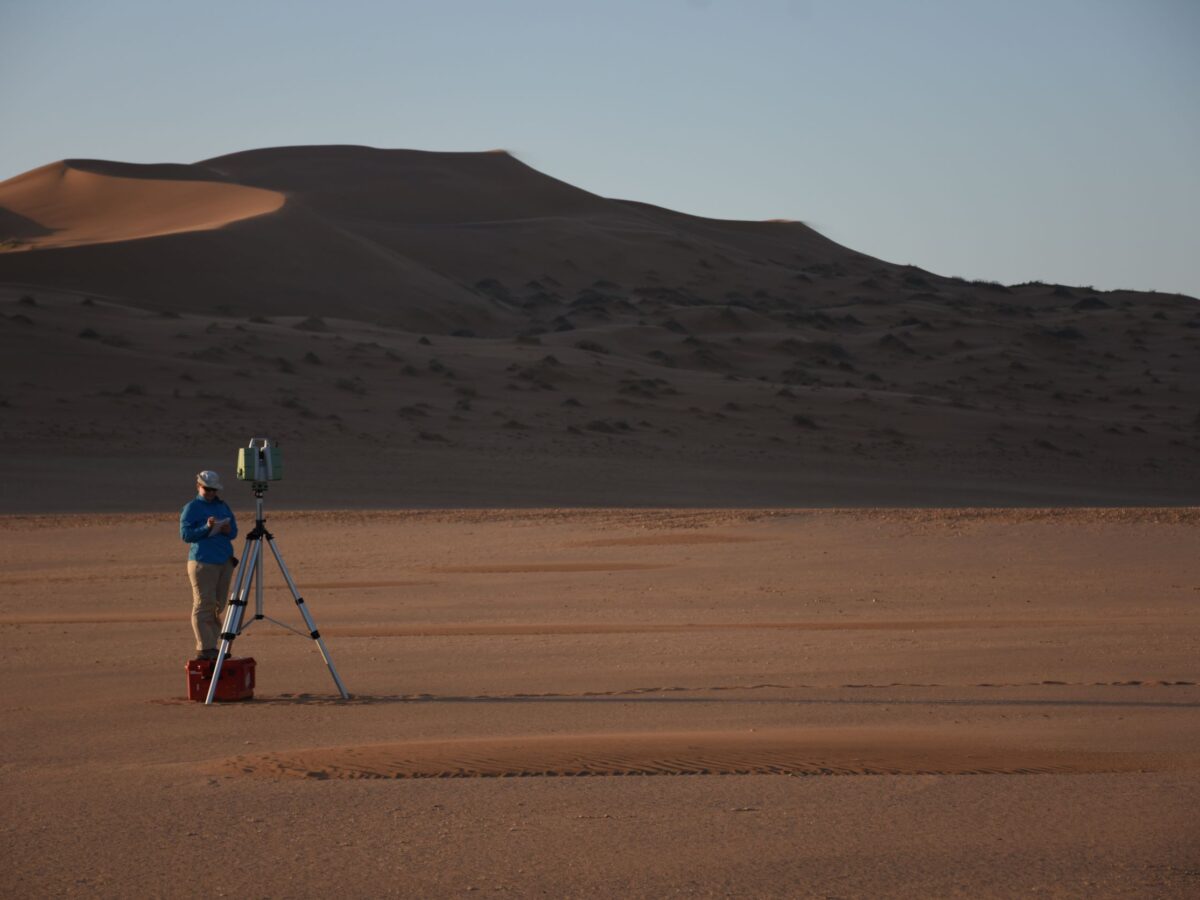Models suggest that clear ice, sourced and distilled on Mars, could offer a feasible alternative for building stable off-world structures.
planetary surfaces
Fungi, Fertilizer, and Feces Could Help Astronauts Grow Plants on the Moon
A new study offers tantalizing evidence that filamentous fungi extending from roots, along with treated astronaut waste, could provide sufficient scaffolding to help plants grow in planetary regolith.
Uranus’s Small Moons Are Dark, Red, and Water-Poor
…Except for Mab, which is even weirder than expected.
Maybe That’s Not Liquid Water on Mars After All
A “very large roll” of a radar instrument offers new insight into a highly reflective area near the Martian south pole.
Tiny Uranian Moon Likely Had a Massive Subsurface Ocean
Ariel’s tempestuous subsurface ocean may have once composed more than half its total volume.
How Much Has Mercury Shrunk?
Mercury is still shrinking as it cools in the aftermath of its formation; new research narrows down estimates of just how much it has contracted.
Tanya Harrison: Roving on Mars
This planetary geologist has worked on nearly every Mars rover while connecting government, universities, the private sector, and the public.
Mini Dunes Form When Sand Stops Bouncing
Decoding how sand grains move and accumulate on Earth can also help scientists understand dune formation on Mars.
Cracks on Planetary Surfaces Hint at Water
Imagery of fractured terrain on Venus, Mars, and Jupiter’s moon Europa pinpoints environments influenced by water.
Salt May Be Key to Martian Mudflows
Mars probably has mud volcanoes, and salt might be the ingredient that keeps the flow going.

